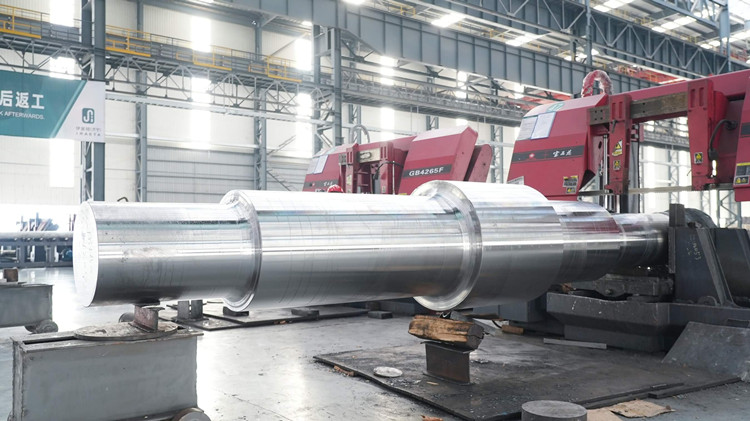- tyler@kirail.com
- +86 15603721115
Forging is one of the main methods for producing blanks and parts in mechanical manufacturing, which is often divided into free forging, die forging, etc. Compared with other processing methods, forging has the following advantages and disadvantages:
Advantages
1. Improve the internal organization of forgings and improve mechanical properties.
After forging, the organization and performance of the forging blank are improved and enhanced. Forging can remove casting defects such as pores, shrinkage holes, and dendrites inside the metal ingot, and due to the plastic deformation and recrystallization of the metal, the blank grains can be refined to obtain a dense metal organization, thereby improving the mechanical properties of the forging. When designing parts, correctly selecting the direction of force and fiber organization can improve the impact resistance of forgings.

2. High material utilization rate
Metal plastic forming mainly relies on the rearrangement of metal shape and relative position of organization, without cutting metal.
3. High productivity
Forging generally uses forming processes such as presses and hammering.
4. High precision of blanks or forgings
Applying the best process and equipment can achieve less or no cutting.
5. The metal material used for forging should have good plasticity so that it can produce plastic deformation without cracking under the action of external force.
Among the commonly used metal materials, cast iron is a brittle material with poor plasticity and cannot be used for forging. Copper, aluminum and their alloys in steel and non-ferrous metals can be pressed and formed in cold or hot state.
Disadvantages
1. Not suitable for forging with complex shapes
The forging process is formed in the solid state. Compared with casting, the metal flow is restricted, and generally heating and other process measures are required to achieve it. It is difficult to manufacture parts or blanks with complex shapes by forging, especially parts or blanks with complex cavities.
Final summary
Due to the above characteristics of forging, important parts that bear impact or alternating stress (such as transmission spindles, gear rings, connecting rods, rail wheels, etc.) should be processed by forging blanks. Therefore, forging processing has been widely used in machinery manufacturing, mining, light industry, heavy industry and other industries.